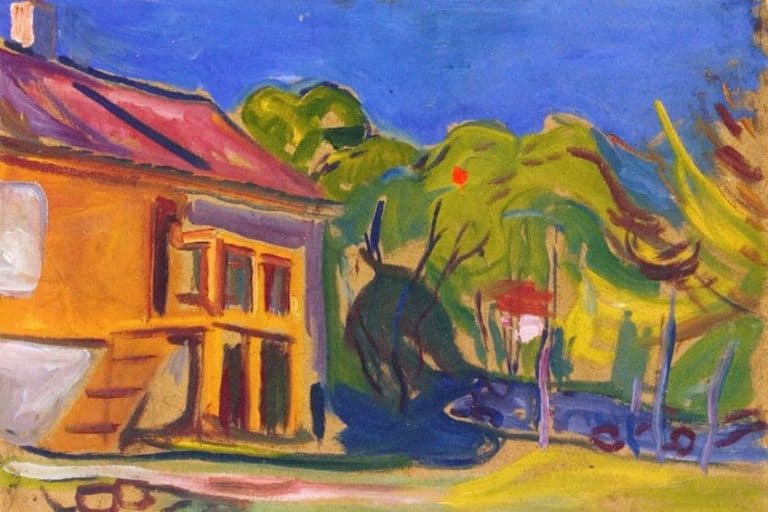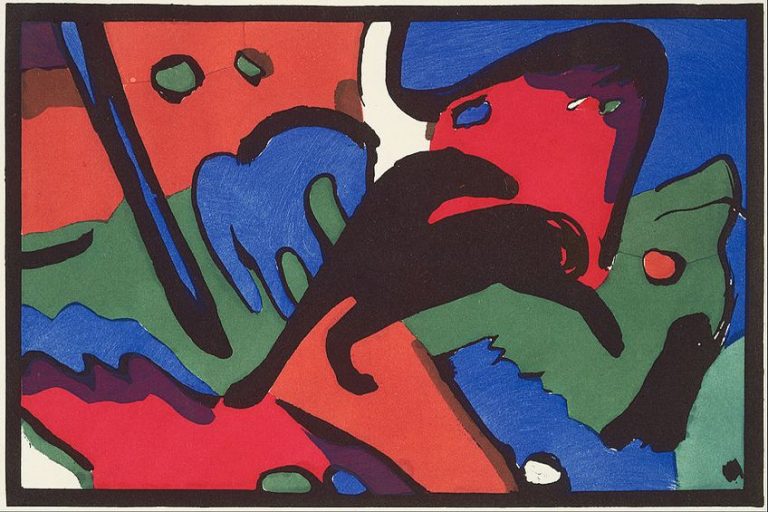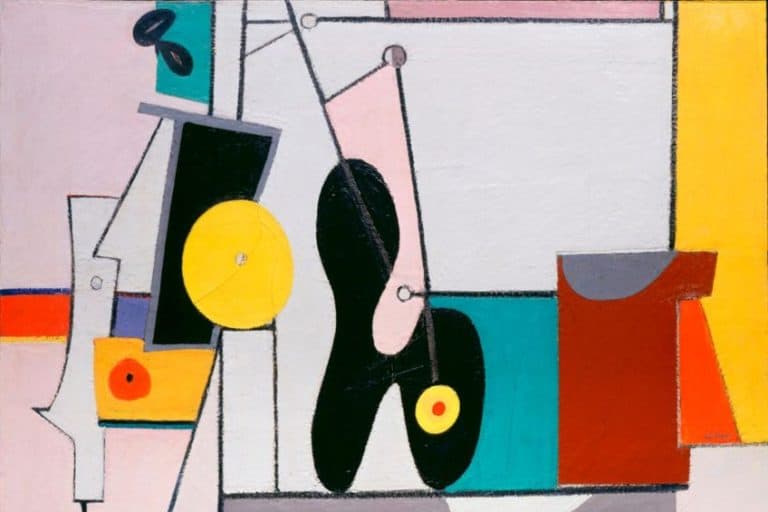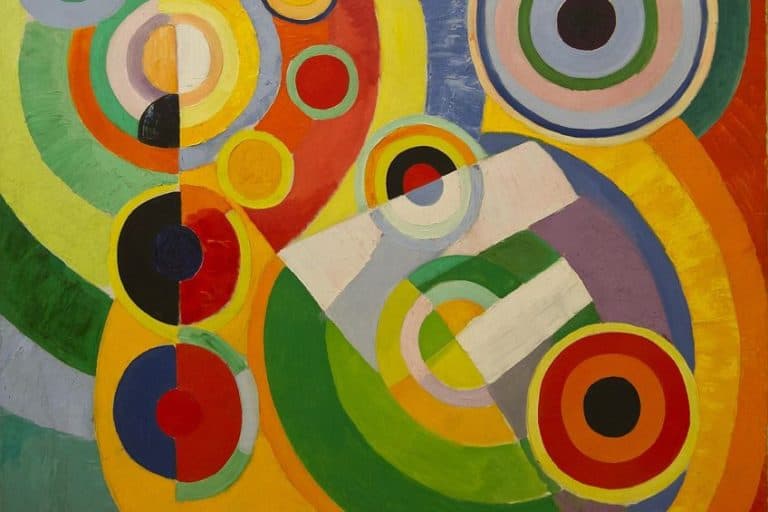Roman Mosaic – An Overview of Ancient Roman Mosaic and Tiles
Roman mosaics represent a captivating blend of art and craftsmanship that flourished during the Roman period. These intricate works were crafted using small pieces of stone, glass, or ceramic, known as tesserae, carefully arranged to create stunning designs that adorned floors, walls, and even ceilings in Roman architecture. The use of vibrant colors and complex patterns not only served aesthetic purposes but also conveyed significant cultural and social messages within ancient Roman civilization. In this blog post, we give you an overview of the history, techniques, and cultural significance of Roman mosaics, exploring how these ancient masterpieces have influenced art and design throughout the centuries.
Key Takeaways
- Roman mosaics combine art and craftsmanship with cultural significance.
- They feature a variety of themes, from mythology to everyday life.
- The techniques and styles of mosaics offer valuable insights into ancient Roman society.
Historical Context of Roman Mosaics
Roman mosaics reflect a rich artistic tradition evolved from practical and decorative needs in ancient societies. Their significance spans from early uses in the Roman Republic to their widespread popularity during the Roman Empire, showcasing a cultural heritage that influenced art across the Mediterranean.
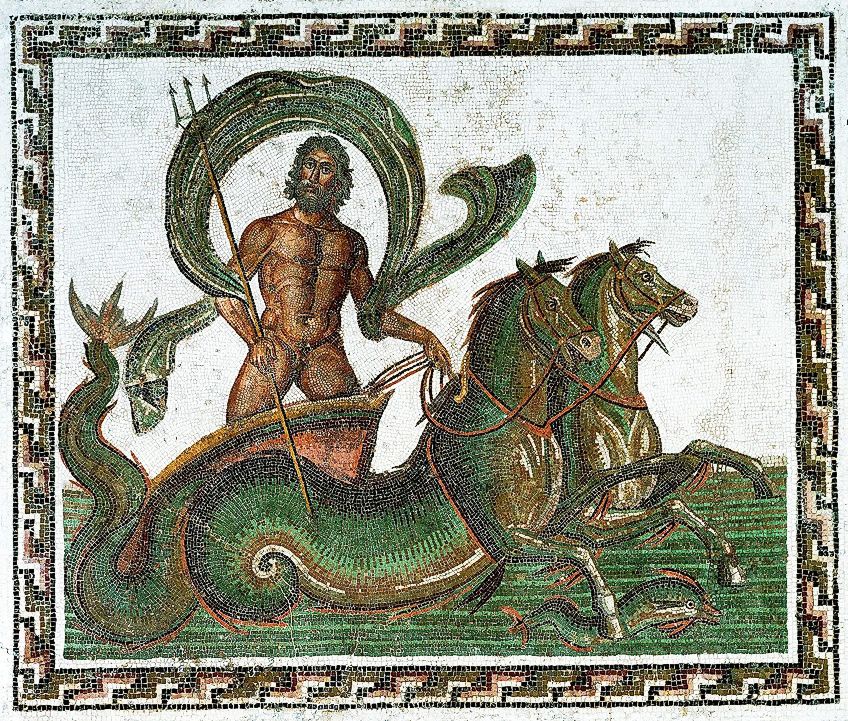
Rise and Evolution in the Roman Republic
The origins of Roman mosaics can be traced back to the late Republican period, where influences from Etruscan and Greek art became evident. Initially, mosaics served functional purposes, such as covering floors in villas and public spaces.
By the 2nd century BCE, the introduction of tesserae—small fragments of stone, glass, or pottery—allowed for greater detail and complexity. Notable sites like Ostia and Herculaneum began displaying these artworks, often featuring geometric patterns and mythological themes. In this period, mosaics also communicated social status, as wealthier households showcased intricate designs, reflecting both local and imported aesthetics.
Prominence in the Roman Empire
During the Imperial Period, Roman mosaics reached unprecedented levels of artistry and complexity. The evolution continued with increased production and diversity in themes.
Locations like Pompeii and Antioch became renowned for their elaborate mosaics, illustrating daily life, nature, and mythology. Artists utilized rich colors and detailed imagery to create vibrant scenes. Mosaics adorned both public baths and private villas, exemplifying the cultural sophistication of the Empire.

This period also marked the emergence of large-scale narrative mosaics, which depicted famous battles and mythological narratives, solidifying mosaics as a major form of artistic expression within Roman cultural heritage.
Materials and Techniques
The intricate art of Roman mosaics relied on a diverse range of materials and sophisticated techniques. Understanding these components reveals the craftsmanship and aesthetic choices that defined Roman mosaic work.
Tesserae and Tile Variants
Tesserae are the fundamental building blocks of Roman mosaics, typically crafted from various materials such as marble, limestone, ceramics, and even seashells. These small, often square pieces were cut into uniform shapes to ensure seamless assembly.
Mosaic artists utilized both colored and monochromatic tiles, allowing for a rich expression of pattern and design. Mosaics could be simple black-and-white geometric patterns or intricate scenes depicting figures and nature. The selection of tesserae contributed to the visual depth and textural variety within the artwork.
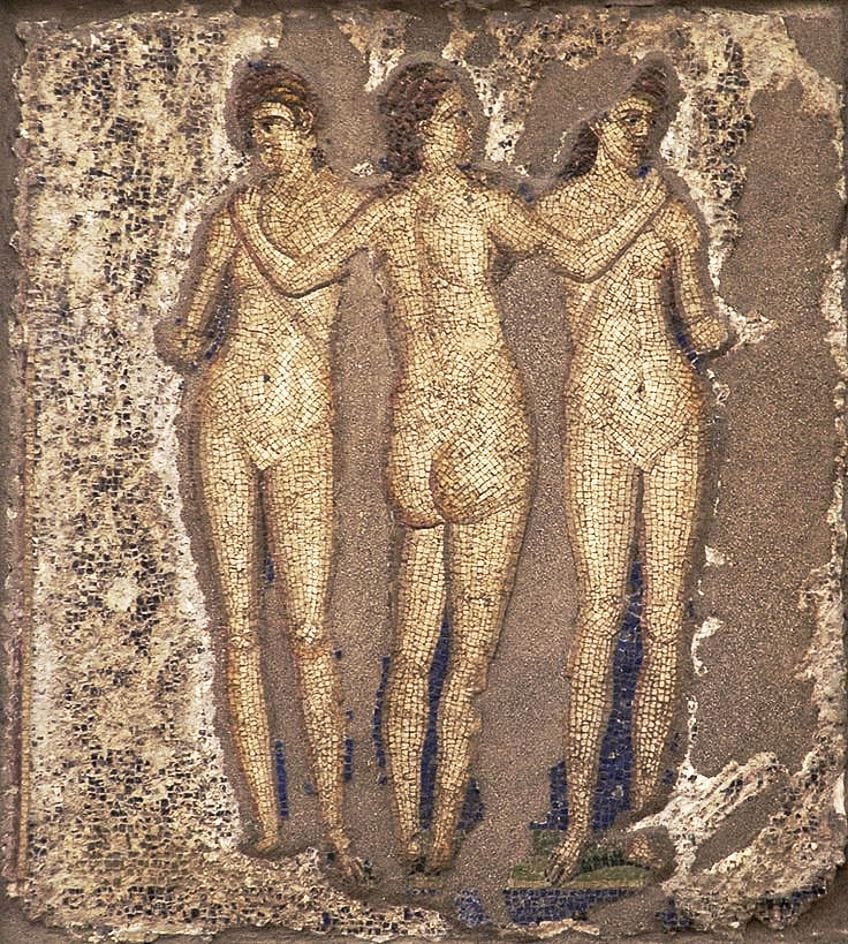
Glass Tesserae and Stone Choices
Glass tesserae played a significant role in enhancing the vibrancy of Roman mosaics. Artists used glass in various colors, creating luminous effects that caught the light beautifully. Glass tiles were often used alongside traditional stone tesserae to achieve striking contrasts.
Stones like marble and limestone were preferred for their durability and availability. They were more challenging to work with due to their weight but provided lasting beauty. The combination of stone and glass created mosaics that were not only visually appealing but also structurally sound.
Opus Sectile and Opus Vermiculatum
Opus Sectile is a technique where larger pieces of stone or glass are cut and fitted into motifs, allowing for detailed representations. It differs from traditional mosaics, which typically used smaller tesserae. This method enabled more complex designs with greater fidelity to the subject matter.
Opus Vermiculatum involves creating very small tesserae, arranged to form intricate images and scenes. This method allows for fine detailing and shading, making it ideal for depicting more complex subjects. The meticulous arrangement of these tiny pieces required exceptional skill and patience from the artisans.
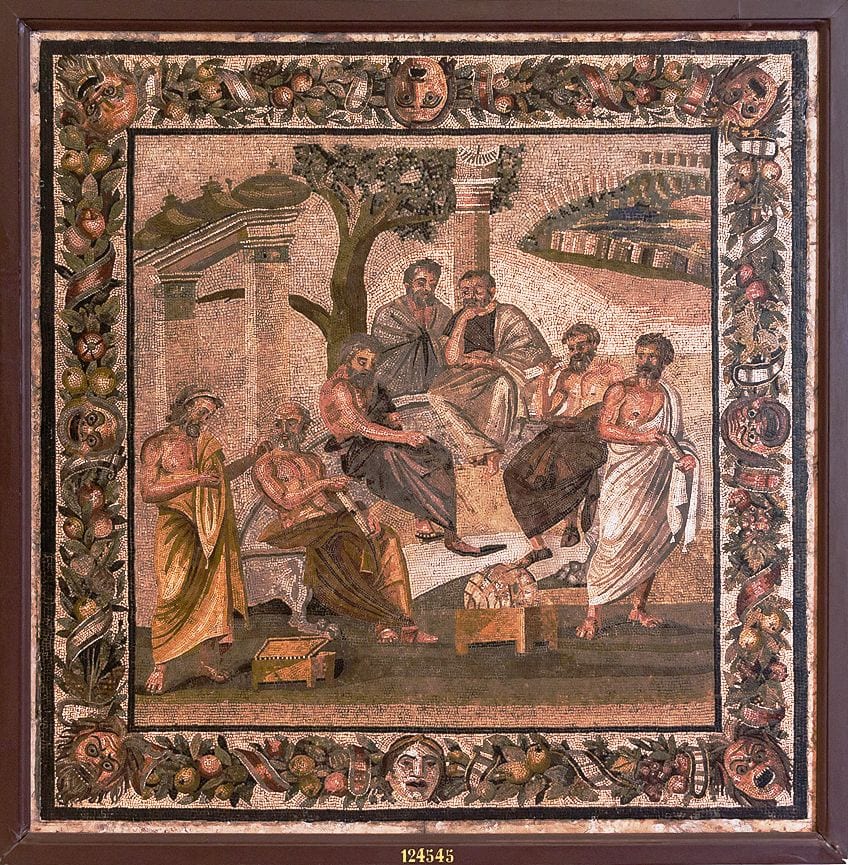
Design and Iconography
Roman mosaics are characterized by their intricate designs and rich iconography, which reflect societal values and artistic achievements. The use of geometric patterns and mythological themes played a significant role in conveying meaning and enhancing the visual appeal of these artworks.
Geometric Patterns and Motifs
Geometric patterns dominate many Roman mosaics, showcasing the civilization’s affinity for order and symmetry. Common motifs include circles, squares, and interlocking shapes that create elaborate designs. These patterns served both aesthetic and symbolic purposes, often representing the universe’s harmony and balance.

Designs could vary from simple borders to complex floor patterns that enhanced the spatial experience in public and private buildings. The precision in these geometric designs also highlighted the skill of artisans. Techniques such as tessellation involved fitting small pieces of colored stone or glass together seamlessly, illustrating a mastery of craftsmanship that is still admired today.
Mythology and Narrative Scenes
Scenes from mythology are prevalent in Roman mosaics, allowing for storytelling through visual art. Figural representations of gods, heroes, and mythological events were common, often depicting stories from Roman myths that conveyed moral lessons or celebrated divine favor.
These narrative scenes provided a glimpse into the values and beliefs of Roman society. For instance, mosaics depicting Hercules showcased themes of strength and heroism. Additionally, many mosaics illustrated aspects of daily life, merging mythological elements with everyday activities, thereby enriching the cultural context and social fabric of their time. Such combinations made Roman mosaics not just decorative objects but also vessels of cultural heritage and identity.
Famous Roman Mosaics
Roman mosaics are renowned for their intricate designs and historical significance. Two of the most iconic examples showcase battle scenes and gladiatorial combat, reflecting themes of power and entertainment in ancient Rome.
Alexander Mosaic and Battle Depictions
The Alexander Mosaic is a celebrated masterpiece that depicts the Battle of Issus between Alexander the Great and Darius III of Persia. Dating back to the 2nd century BCE, it was originally found in the House of the Faun in Pompeii.

This mosaic showcases lifelike figures, capturing the intensity of battle through detailed expressions and dynamic poses. The vibrant colors and intricate tesserae work demonstrate the skill of Roman artists in translating a historical narrative into a visual medium. Alexander is shown charging toward Darius, creating a dramatic sense of movement within the scene.
Villa Romana del Casale and the Gladiator Mosaic
The Gladiator Mosaic, located in the Villa Romana del Casale in Sicily, features numerous gladiatorial scenes. This mosaic is believed to date from the late 3rd to early 4th century CE and is noted for its detailed representation of combatants and their gear.
The mosaic not only illustrates the brutality of gladiatorial games but also serves as a cultural commentary on Roman society’s fascination with such spectacles. The vibrant colors and mixed materials create a striking visual narrative that immerses viewers in the excitement of the arena. Through its artistry, the mosaic highlights the importance of gladiators in Roman entertainment.
Mosaics Across the Roman World
Roman mosaics exhibited a rich diversity, influenced by regional styles and cultural exchanges throughout the empire. Various provinces developed unique techniques and themes, which contributed to the evolution of mosaic art.
Regional Styles and Influences
In different regions of the Roman Empire, mosaics reflected local styles and themes. For instance, mosaics from Pompeii often featured intricate designs and vibrant colors that depicted everyday life, mythology, and nature.
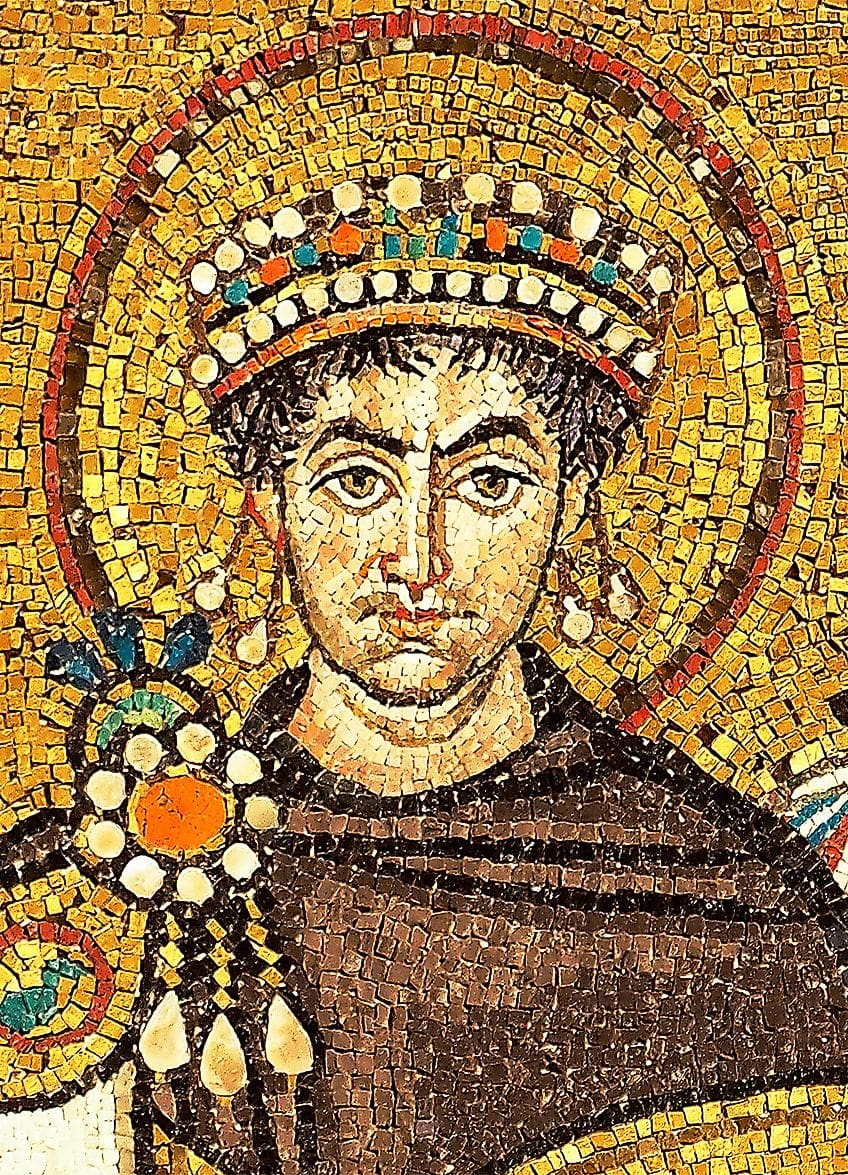
Antioch, on the other hand, is known for its stunning use of geometric patterns and elaborate figurative scenes, showcasing the influence of Hellenistic art. The mosaics of Delos frequently illustrated mythological narratives, revealing the intermingling of culture and religion.
The synthesis of these various styles created a dynamic artistic landscape throughout the empire, embodying the Roman fascination with both realism and decorative aesthetics.
Adaptations in North Africa and Roman Provinces
North Africa became a notable center for mosaic artistry, producing works characterized by rich color and intricate designs. Coastal cities like Carthage showcased mosaics that often incorporated local themes, including hunting scenes and intricate floral patterns.
In Roman provinces, such as those in Gaul and Spain, local artisans adapted techniques and motifs from their surroundings. This led to unique regional interpretations, blending Roman styles with indigenous characteristics.
The exchange of ideas across the empire allowed for a vibrant artistic dialogue, reflecting the diverse experiences and cultural fusions within the Roman world.
Mosaic Application and Locations
Mosaics were integral to both public and private spaces in ancient Rome, showcasing artistic skill and enhancing the environment. Their application varied based on location, functionality, and aesthetic preferences.
Public Buildings and Baths
Mosaics adorned many public buildings, serving both decorative and functional purposes. In structures such as the Baths of Caracalla, intricate mosaics covered floors and walls, creating an inviting atmosphere. The designs often depicted mythological scenes, nature, and geometric patterns.
Key Locations for Mosaics:
- Public Baths: Mosaics were applied around pools and bathing areas to create a serene environment.
- Triumphal Arches and Temples: Used to commemorate victories or honor deities, these mosaics often featured elaborate narratives.
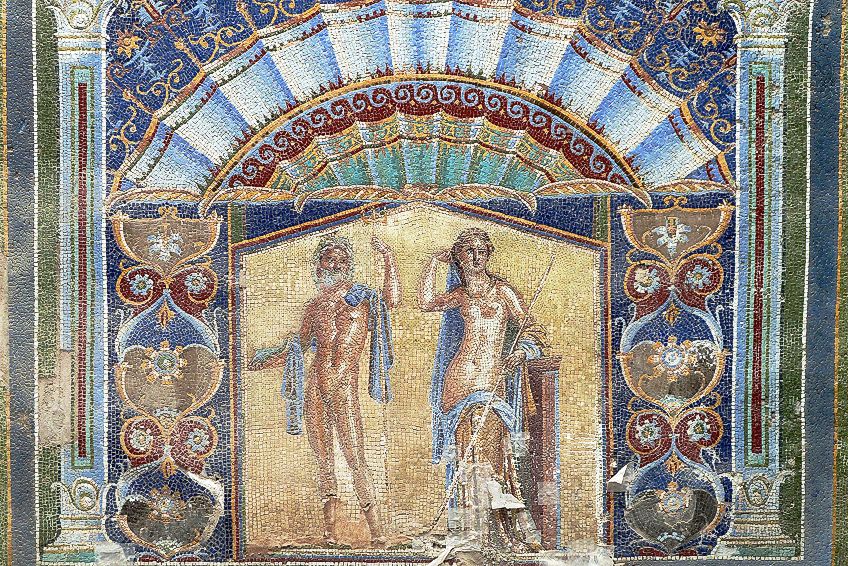
The use of mosaics in public buildings resonated with the Roman commitment to beauty and social gathering spaces.
Private Villas and Domestic Spaces
In private settings, such as Villa Romana, mosaics served to express personal taste and wealth. Dining rooms frequently featured elaborate floor mosaics, often portraying scenes of leisure and abundance, making dining a more luxurious experience.

Common Themes:
- Floral and Fauna Designs: Mosaics often included elements from nature, reflecting the owner’s appreciation for the outdoors.
- Mythological References: Personalized designs captured stories or characters significant to the homeowner.
Mosaics in domestic spaces not only enhanced aesthetics but also conveyed status, creating an enduring legacy of Roman artistry.
Conservation and Legacy
The conservation of Roman mosaics ensures their preservation for future generations while highlighting their cultural significance. Effective strategies focus on both modern collection efforts and protecting these invaluable artifacts.
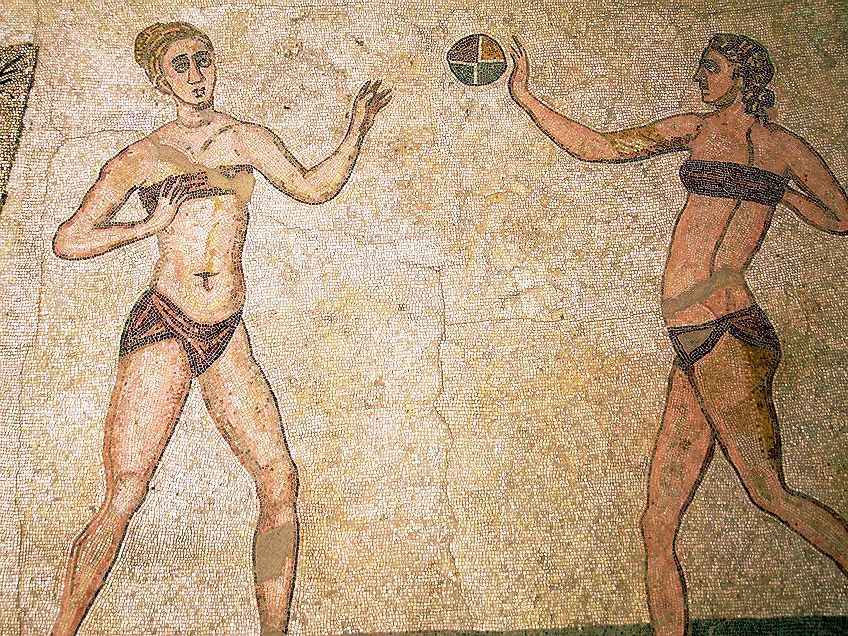
Modern Collection and Exhibition
Many institutions, such as the Getty Museum, actively collect and exhibit Roman mosaics, showcasing their historical and artistic value. The J. Paul Getty Museum, for example, features mosaic art that highlights the intricate craftsmanship of ancient artisans.
Exhibitions often include tessellated pavements that illustrate the technical skill involved in creating these decorative works. Collectors and institutions prioritize public accessibility, enabling a broader audience to appreciate the beauty and complexity of mosaic decoration.
These collections offer opportunities for educational programs and scholarly research, further enhancing public appreciation and understanding of Roman mosaic legacy.
Preserving Cultural Heritage
Efforts in preserving cultural heritage focus on maintaining the structural integrity of mosaics while protecting them from environmental damage. This includes developing conservation techniques that stabilize tesserae, the small pieces that compose the mosaic, preventing deterioration over time.
Organizations like the Getty Conservation Institute have conducted extensive research to ensure the longevity of mosaic art. Techniques include using specialized materials compatible with ancient methods to repair and restore mosaics effectively.
Such measures not only protect the mosaics but also underscore their importance as representatives of the artistic legacy of the Roman Empire. This ongoing commitment to conservation influences how future generations will engage with and appreciate these artistic masterpieces.
Ancient Roman mosaic art was a common feature of private homes and public constructions from Antioch to Africa. Not only is Roman mosaic tile art beautiful in and of itself, but it also provides an important record of everyday goods like clothes, food, tools, armament, greenery, and animals. Roman mosaic floor artworks also reveal a great deal about Roman activities like gladiator battles, sports, farming, and hunting, and they occasionally portray the Roman people themselves in vivid and lifelike images.
Frequently Asked Questions
What Is the Origin of Roman Mosaic Floors?
During the Bronze Age, both the Minoans and the Mycenaeans used pebble floors. In the seventh century BCE, the Near East used a similar design, but with repeated themes. The first attempts at pebble pavement in Greece date back to the 5th century BCE, with examples found at Olynthus and Corinth. They were frequently two-toned, with light geometric designs and simple forms set against a black backdrop. These mosaics were usually reinforced by inlaying clay or lead bits, which were commonly used to outline shapes.
How Are Roman Mosaic Tiles Made?
Roman mosaic art refers to Roman designs consisting of tiny white and black tiles. These square tiles were made from glass, pottery, stones, and even seashells. A new mortar base was first constructed, and then the tiles or tesserae were placed as close as possible together, with any spaces plugged with liquid mortar in a practice called grouting. After that, the entire item was cleaned and polished.
Isabella studied at the University of Cape Town in South Africa and graduated with a Bachelor of Arts majoring in English Literature & Language and Psychology. Throughout her undergraduate years, she took Art History as an additional subject and absolutely loved it. Building on from her art history knowledge that began in high school, art has always been a particular area of fascination for her. From learning about artworks previously unknown to her, or sharpening her existing understanding of specific works, the ability to continue learning within this interesting sphere excites her greatly.
Her focal points of interest in art history encompass profiling specific artists and art movements, as it is these areas where she is able to really dig deep into the rich narrative of the art world. Additionally, she particularly enjoys exploring the different artistic styles of the 20th century, as well as the important impact that female artists have had on the development of art history.
Learn more about Isabella Meyer and the Art in Context Team.
Cite this Article
Isabella, Meyer, “Roman Mosaic – An Overview of Ancient Roman Mosaic and Tiles.” Art in Context. March 7, 2022. URL: https://artincontext.org/roman-mosaic/
Meyer, I. (2022, 7 March). Roman Mosaic – An Overview of Ancient Roman Mosaic and Tiles. Art in Context. https://artincontext.org/roman-mosaic/
Meyer, Isabella. “Roman Mosaic – An Overview of Ancient Roman Mosaic and Tiles.” Art in Context, March 7, 2022. https://artincontext.org/roman-mosaic/.




